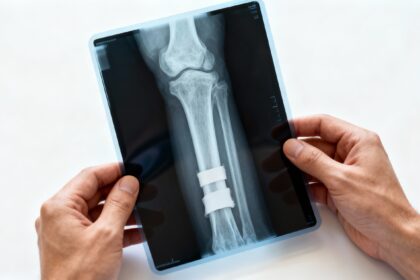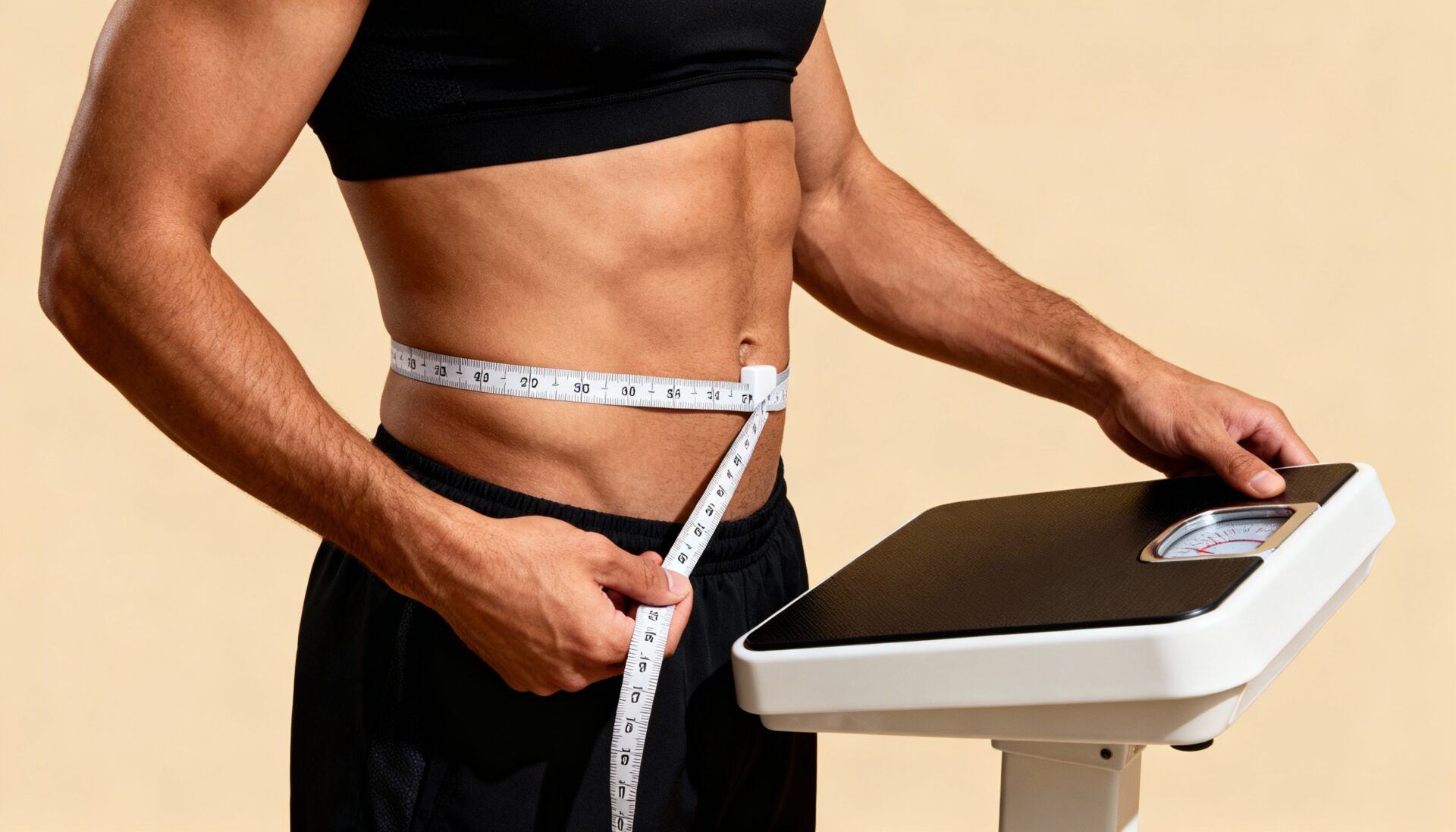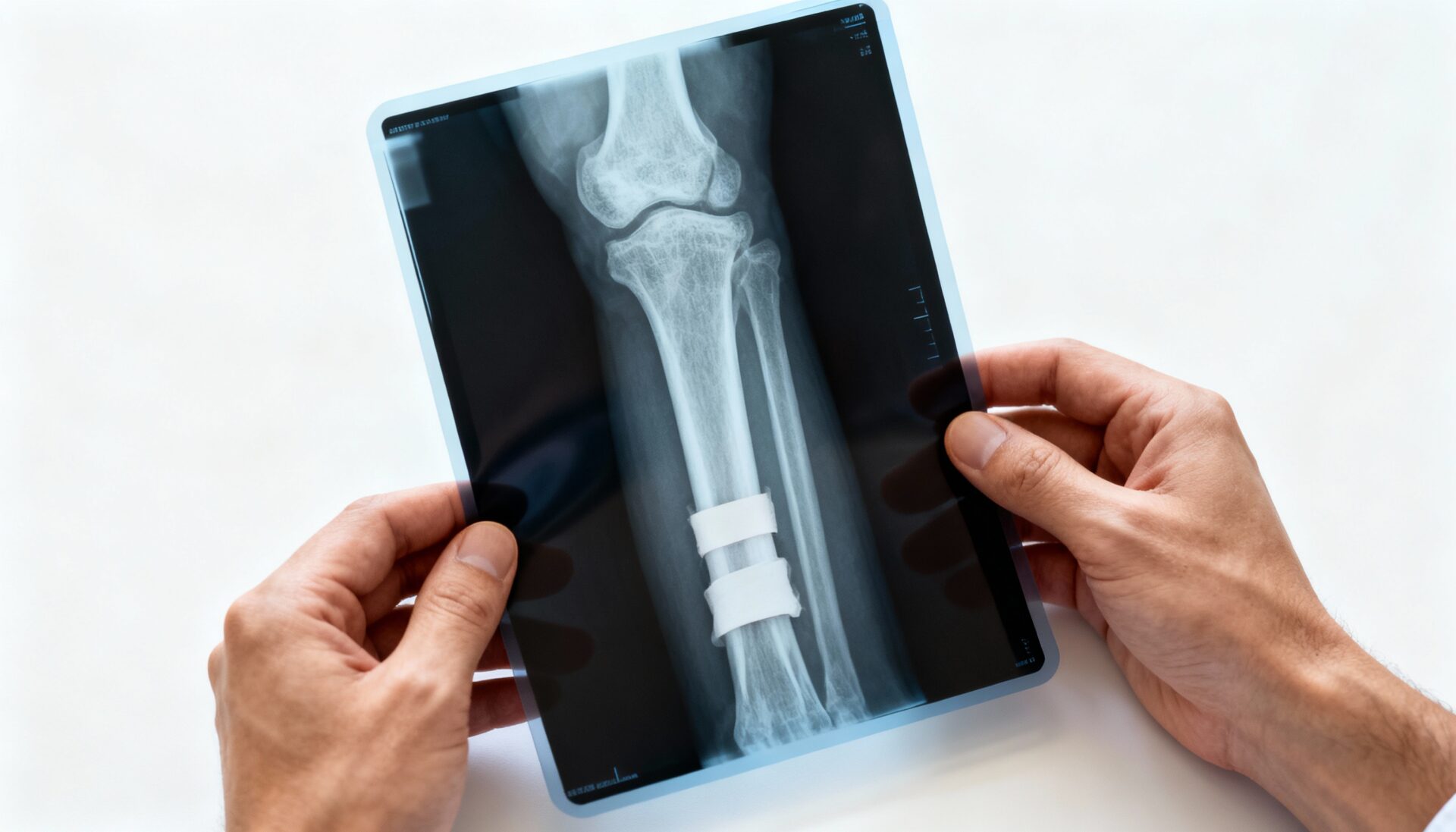As we age, we find it challenging to do things we could do easily in our 20s. Staying out late with our friends and feeling great the next day, eating junk food without gaining weight – there are many more examples. Another great example is our physical capabilities, especially when it comes to building muscles with the help of TRT.
During our teens and early 20s, we are still growing, and building muscle comes naturally, especially if we exercise and eat well. When we are 30-35, our muscle mass reaches its peak in terms of its power and performance. After 35, things start to change.
That’s why most sports players retire in their mid-30s, much sooner than people from other professions. After 35, the body is no longer capable of building muscle and recuperating its strength as it used to be.
That doesn’t mean that it is impossible to build muscle over 35. However, many people think that it’s not possible without TRT – testosterone replacement therapy. But how true is that statement? Keep reading to find out!
What is TRT?
As we already said, TRT is short for “testosterone replacement therapy,” a phrase that’s self-explanatory. As we age past 35, the levels of testosterone in our bodies start to drop. This, in turn, affects our muscles and our ability to build them because testosterone helps maintain muscle mass and strength.
Testosterone replacement therapy brings back the testosterone level as it was at its peak. As such, TRT maintains muscle mass and strength, bone density, and optimal fat distribution. It also positively impacts fertility and sperm production. Of course, there are also some side effects, such as acne, sleep issues, etc.
However, each case is unique, and different people will react differently to TRT. Also, not everyone’s body will start to produce less testosterone at 35. For some people, that happens sooner, while for others, it happens faster. There are also many other factors that can impact testosterone levels and muscle mass after 35.
In general, TRT helps with building muscles, but not everyone needs it. When administering this therapy, one needs to follow the doctor’s recommendations. TRT isn’t something that we should just start taking without checking if our bodies need it.
Physical Challenges of Building Muscles After 35

Now that you understand the basics of TRT let’s see why it is so hard to build muscles after 35. We already discussed briefly the role of testosterone in muscle building. After 35, testosterone levels tend to drop, and it becomes harder to maintain the existing and build more muscle mass.
As we age, another hormone called hGH (human growth hormone) starts to decline rapidly. This hormone also stimulates muscle growth, and when its levels are lowered, it can no longer contribute to muscle growth as it used to do.
The aging process also changes our body on a cellular level. Muscles become less dense, as well as our bones. Our body fat percentage increases, further changing our muscle composition. Our joints and tendons lose their flexibility.
All this leads to a higher chance of injury, which further prevents us from exercising and building muscles. And on top of that, our recovery times are significantly longer than they were in our youth. Injuries that were healed in several days now persist for several weeks.
There is also a process called muscle protein synthesis. Through this process, our bodies build new proteins that repair and grow our muscle tissue. As we age, this process becomes slowed and reduced.
We could go on and on with more reasons why building muscle after the age of 35 is harder. The above are only some of those reasons, but they are enough to explain some changes and factors that affect our muscle building.
Building Muscle Over 35 Naturally – Is It Possible?
After reading all the challenges and body changes that make muscle building after 35 so much harder, you might feel discouraged. But just because there are many challenges, it doesn’t mean it is impossible.
The truth is, you can build muscle over 35 without TRT, but it is a slow and grueling process. As a matter of fact, you can build muscle at any age, even at 75. However, the older you are, the harder it will be. Also, the amount and size of muscles you will be able to build will also be limited.
In other words, if you build muscles at later stages of your life, and you decide to do it naturally, your muscles won’t be able to grow as big as they would in your youth, no matter how much time and effort you put into the process.
Still, that’s not a big issue – unless you want to pursue bodybuilding or similar goals. If your goal is to remain fit and with a decent muscle mass, it is definitely possible, even after 35.
How to Build Muscle Over 35 Without TRT

Are you ready to learn how to build muscle over 35 without TRT, completely naturally? Well, there is no secret strategy or some revolutionary advice. The strategy for muscle-building is nothing that you haven’t heard.
You will need to do strength training, eat properly, allow your body to rest, and stay consistent. You have probably heard these tips already. Still, let’s break down each one of these points to help you implement them more easily:
Strength Training
Naturally, the first tip on our list is strength training. It is a crucial part of building your muscles. Without it, your muscles can’t grow, no matter how much testosterone you have. But what is the definition of strength training? What makes it different from other training types, such as cardio?
The basic principle of strength training is to overload different muscles of your body, forcing them to grow larger and stronger. As the muscles grow stronger, the load on them is progressively increased. For every training, muscles are overloaded as much as they are capable of enduring.
Usually, this overloading comes in the form of contracting the muscles under heavy resistance and then returning to the starting position. This is done repeatedly until the muscle is exhausted.
Depending on the equipment used, there are several types of strength training exercises:
Free Weights
This is probably the most famous form of strength exercise. It involves using free weights such as dumbbells, kettlebells, and barbells for performing various exercises. Their weight ranges from 1 lb to over 50 lbs.
The exercises involve picking up and raising these free weights in different directions. Some of the most popular exercises with free weights are overhead press, triceps curl, bench press, bicep curl, etc. However, apart from strengthening the upper body and arms, free weights are also used in lower-body exercises such as squats. Instead of dumbbells, kettlebells, and barbells, one can use medicine balls and sandbags.
The main goal is to increase the used weight, forcing muscles to grow bigger and stronger. Start with a weight that will utilize your muscles. Repeat until you achieve the so-called muscle failure (when your muscles are too tired and can no longer contract without significant discomfort).
After several days, your muscles will become stronger, and you will notice that lifting the current weight doesn’t require much effort anymore. It is time to move on to bigger weights. Rinse and repeat. In short, repeat exercises with a certain weight and move to heavier weights when it becomes too easy and comfortable.
Resistance Bands
Resistance bands work on a different principle than lifting weights, but they achieve the same results. Instead of lifting heavy objects, you need to pull these elastic but resistant bands in different directions, using different parts of your body.
This might sound too easy, but just like free weights, resistance bands come in various sizes and structure, enabling them to put different amounts of load on your body. Their resistance can range from 2 lbs to 200 lbs, making them versatile and appropriate for everyone.
Some of the most popular exercises with resistance bands are lateral raises, chest presses, squats, bicep curls, leg presses, and many more. Choose exercise in accordance with which muscles and muscle groups you want to build.
Just like with free weights, increase the load on your muscles as they become stronger. Once you notice that a band isn’t providing much resistance to your muscles, it is time to move on to a band with higher resistance.
Weight Machines
If you like going to the gym, you probably see many different weight machines there. Each one of these machines targets a certain muscle or muscle group, and as such, they are great for building muscles.
These machines have become increasingly popular because they are safe and easy to use, and their weight and load on your muscles can easily be adapted. This makes weight machines a perfect choice for both beginners and experienced gym-goers.
Some of the most popular weight machines are the rowing machine, leg press, Smith machine squat, hack squat, seated overhead press, adductor, abductor, ab crunch, and many more.
On these machines, you can do bench presses, shoulder presses, leg curls, leg extensions, pull-downs, kickbacks, squats, and many other exercises. Similar to exercising with free weights and resistance bands, once you notice your muscles are performing certain exercises too easily, it is time to adjust and increase the weight on the weight machine.
Suspension Equipment
This type of exercise equipment consists of ropes and straps that keep your body suspended while you perform certain exercises. Instead of relying on weights, suspension equipment relies on gravity and your body weight to provide that needed resistance and load to your muscles.
Swings, gymnastic rings, yoke bars, and suspension belts are only some of the several types of suspension equipment. Using them, you can do push-ups, squats, lunges, planks, high rows, and many more.
With this equipment, there aren’t many options to increase the difficulty by adding weights or resistance. However, as your muscles start to grow bigger and stronger, you can move on to harder exercises or simply increase the number of repetitions.
Body Weight
Finally, you don’t need any equipment to build your muscles. Even without any weights, bands, straps, and machines, there are many exercises you can do. Your body weight can provide enough resistance to make the exercises effective.
Try exercises such as squats, push-ups, lunges, planks, glute bridges, and jumping jacks. There are many other exercises that will strengthen and build your muscles without any equipment other than your own body.
Again, since you don’t have any way of increasing the weights and resistance, you can still increase the load on your muscles by moving on to more complex and harder exercises or by increasing the number of repetitions.
Maintaining Proper Form and Avoiding Injury
Everyone who exercises knows that keeping proper form is extremely important for two reasons. The first reason is obvious: if you exercise in an improper form, your risk of injuries is much higher. The second reason is that exercising with a proper form ensures that your muscles move in the right way and you get the most out of that exercise.
The concept of proper form wasn’t invented just to look good when exercising. It is all about minimizing the risk of injury while maximizing the positive impact of exercise on your muscles.
Apart from improper form, there are other ways to get injured while exercising. Sudden moves and excessive straining are also risk factors that can lead to injuries. When injured, your body will focus its energy on repairing the injury instead of growing the muscles.
Additionally, some injuries will make you incapable of exercising, which can further hinder your muscle-building efforts. That’s why you need to avoid injury whenever possible.
Recovery
Even though the point of exercise is to push your muscles to their maximum capacity, that doesn’t mean you shouldn’t give them some time to rest and recover. After each set of exercises, rest for a bit before you start with the next set.
The exact time depends on your goals. If you aspire for bigger muscles, rest for 30-90 seconds between sets. If your goal is to make your muscles stronger and more powerful, rest for 2-5 minutes between sets. For increased endurance of your muscles, rest for 30 seconds or less between sets.
Of course, you also need to rest between workouts. For optimal results, give your body 24-48 hours to rest between workouts.
Nutrition
What you eat will also play a vital role in muscle building. You will need to eat foods rich in protein, such as lean meats, fish, eggs, cheese and other dairy products, beans and other legumes, tofu, etc. In general, you should get anywhere between 0.36 to 0.8 grams of protein per pound of your body weight.
However, keep in mind that these numbers are rough estimates. For more accurate estimates, consult a nutritionist because they will be able to take many other factors into consideration when giving your dietary advice.
If you can’t take enough protein with your diet no matter how much you eat, you can try whey protein and similar products. They usually come in the form of shakes, but there are also granola/chocolate bars, puddings, and yogurts enriched with proteins.
Don’t forget to stay hydrated. Water makes all of the processes in our body possible, including muscle growth.
Consistency
Finally, no matter how great your exercise regimen is or how healthy and protein-rich your diet is, it will all be in vain if you aren’t consistent and patient enough. Building muscle naturally when you are 35 or older is a slow process, and if you quit halfway or if you aren’t disciplined enough, it can become a mission impossible.
Keep exercising, focus on progression, avoid injuries, and eat well. All this sounds easy, but you need to do it every day for a long period of time, which can become tedious and boring. However, keep going on even when you start to doubt yourself. If you stay consistent enough, you will see results over time.
Staying Fit Over 35: Natural Muscle Growth Strategies
Once you get older than 35, building muscles is no longer as easy as it was, especially when done naturally. That’s why many people choose to do it with TRT, testosterone replacement therapy. While TRT can positively impact your muscles and other aspects of your health, it isn’t necessary for muscle growth.
You can still grow muscle over 35 without TRT, but it will be a slower process. You will need to do strength exercises, eat properly, avoid injuries, and allow your body to rest and recover. All this can be exhausting and tedious, but if you stay consistent, you will be thankful that you didn’t give up!







































